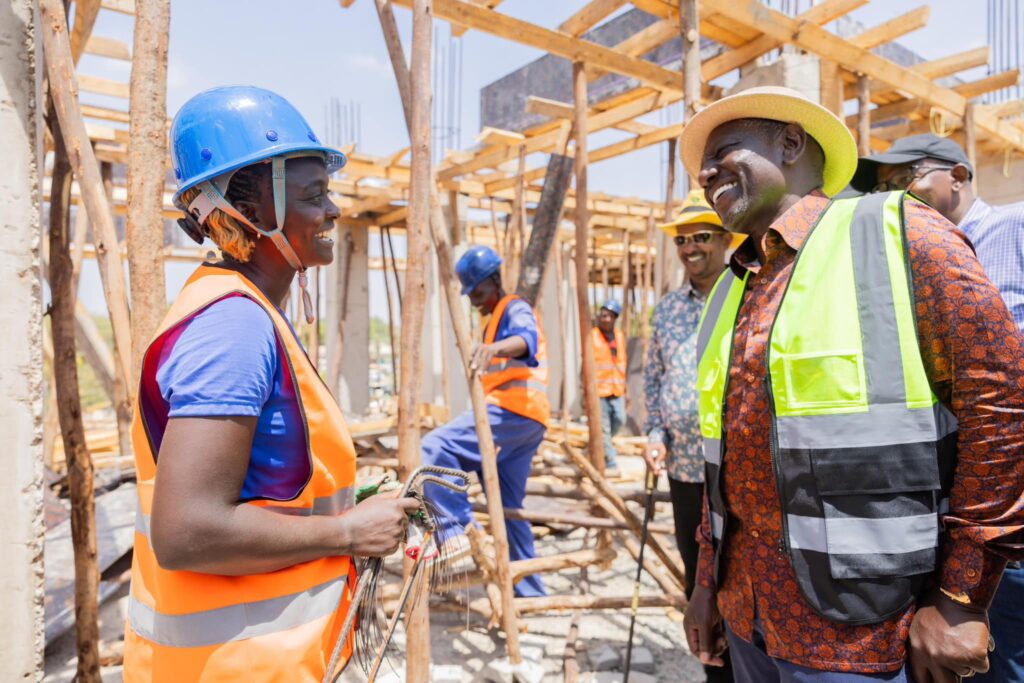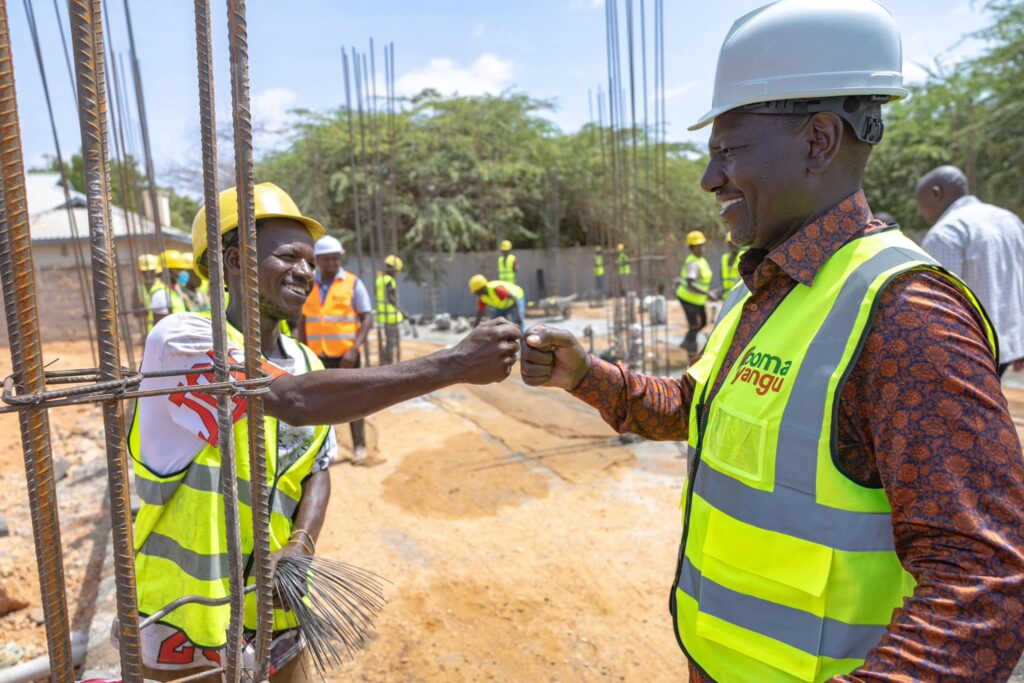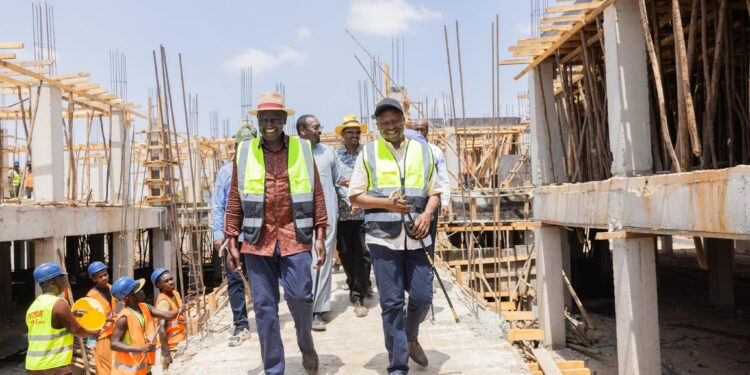The Affordable Housing Programme, championed by President William Ruto’s administration, has emerged as a transformative initiative that is reshaping Kenya’s socio-economic landscape. With the government’s deliberate efforts to provide affordable and dignified homes, thousands of Kenyans are witnessing a significant shift in their living standards. Despite criticism from some quarters, the administration remains committed to ensuring that decent housing becomes a reality for many.
Through the Bottom-Up Economic Transformation Agenda, the government has placed affordable housing as one of its five key pillars. This approach is not only addressing the housing deficit but also creating employment opportunities and stimulating economic growth. Currently, more than 124,000 houses are under construction at 75 sites across 37 counties, generating over 160,000 jobs in the process.
The initiative extends beyond just providing shelter. It has revitalized various industries, including the manufacturing sector, where cement, steel, and other construction materials are in high demand. Small and medium enterprises (SMEs) have also benefited from contracts supplying materials and services to these projects, ensuring a broad economic impact.
During the recent Mashujaa Day celebrations, the theme “Boma Yangu, Nyumba Yangu, Mimi Ni Shujaa” was a rallying call for Kenyans to embrace home ownership. The program allows individuals to own homes for as low as Ksh 500,000, with financing options making it accessible to a majority of citizens. This strategic intervention is bridging the gap between demand and supply in the housing sector.
Kenya’s urban population continues to grow rapidly, with over 20% of citizens residing in urban centers. However, the country faces a significant housing deficit, requiring more than 250,000 units annually to meet the demand. Currently, only 50,000 housing mortgages are available each year, leaving many Kenyans without viable homeownership options. President Ruto’s administration aims to reverse this trend by scaling up construction projects nationwide.
Housing projects in various counties, such as Kirinyaga, Kapsabet, and Nairobi, are progressing steadily. The Mukuru Affordable Housing project, which features over 1,000 studio units, is set for completion soon, marking a major milestone in providing decent housing for informal settlement dwellers. The administration’s commitment to this vision is evident in its continued rollout of similar projects across the country.

The Affordable Housing Programme has also empowered artisans, fabricators, and jua kali workers, with over Ksh 4.4 billion allocated to support their participation. Contracts have been awarded to thousands of skilled laborers to supply essential building components such as doors, windows, and metal works. This initiative ensures that the economic benefits trickle down to the grassroots level, providing livelihoods for thousands of families.
Additionally, the program is fostering inclusivity by increasing female participation in the construction sector. Women engineers, architects, and construction workers are actively involved, with the government aiming to raise their representation in the industry from 20% to 30%. This shift is not only providing employment but also inspiring a new generation of women in technical fields.
Through the Boma Yangu platform, over 547,000 Kenyans have registered for homeownership, with 52,000 actively saving towards acquiring homes. This unprecedented interest underscores the demand for affordable housing and the confidence in the government’s approach. The initiative seeks to transform over one million Kenyans into homeowners, fostering financial security and improved living standards.
The Resident also inspected the housing projects in northern Kenya with the program making strides, with the construction of 408 units in Garissa progressing on well. These homes are part of a broader effort to upgrade informal settlements into modern living spaces, ensuring that all Kenyans, regardless of their location, benefit from the government’s housing agenda.
The administration has also announced that 4,800 housing units will be released to owners within the next two months. These units, located in Mukuru and other informal settlements, will offer dignified housing at affordable rates, with flexible payment plans. The cost structure is designed to accommodate low-income earners, making homeownership a reality for many who previously found it unattainable.

President William Ruto’s leadership in implementing the Affordable Housing Programme is proving to be a game changer. By focusing on job creation, economic stimulation, and social transformation, this initiative is not only building houses but also securing the future of thousands of Kenyans. The vision for widespread homeownership is steadily becoming a reality, positioning Kenya on the path to economic prosperity and improved living conditions for all.











